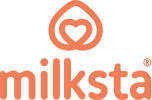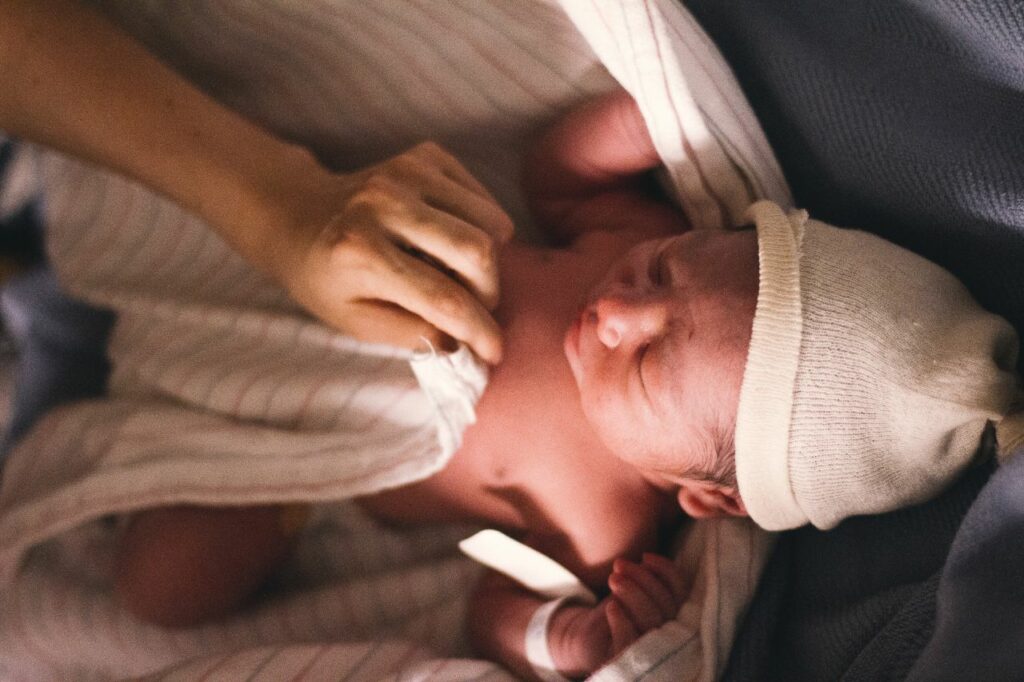About 6 in 10 babies have jaundice. That’s how common jaundice is in newborn babies. This yellowing of skin on babies usually occurs from the third day after birth when the level of bilirubin, which is responsible for the yellow color, rises to a peak. As babies’ liver are not mature enough to get rid of the bilirubin, it causes the buildup of the substance in your baby’s blood.

Is jaundice harmful for babies?
In most cases, jaundice in babies is harmless and will go away on its own after a few weeks. You can monitor your baby’s jaundice at home or visit the paediatrician to determine your baby’s jaundice condition.
You can check if baby has jaundice by gently pressing on your baby’s forehead or nose. If the spot where you pressed appears yellow, it is likely that your baby has jaundice. The yellowing of the whites of your baby’s eyes is also a sign of jaundice.
Jaundice usually starts from the face, then slowly spreads to the chest and tummy, then arms and legs.
💡 Interesting Facts
Studies actually show that bilirubin is both protective and an antioxidant.
When should you be worried?
If your baby is exhibiting the following symptoms, you should seek immediate medical attention:
- Your baby’s skin turns more yellow
- Your baby is unusually drowsy or lethargic
- Your baby cries in high-pitch
- Your baby is not feeding well or not feeding
- Your baby is having a fever
How to get rid of jaundice?
Mild jaundiced babies usually do not need special treatment. If baby’s bilirubin level exceeds the average, the doctor may advise that your baby go for phototherapy – a treatment that reduces bilirubin levels by placing your baby under special lights.
But before we jump straight into panic mode when our baby is diagnosed with jaundice, the first step we need to take is to ask this question - Is baby breastfeeding well?
Breastfeeding and Jaundice
Frequent and effective breastfeeding helps babies flush out bilirubin from the body.
The colostrum, which is the first milk, helps speed up the passing out of meconium stools that contain high levels of bilirubin, thus reducing bilirubin from being reabsorbed into the bloodstream.
Subsequently, babies who nurse frequently pass stools more frequently. This helps to efficiently get rid of bilirubin from the intestines.
How to help baby breastfeed effectively?
We can help baby breastfeed more effectively by doing the following:
- Ensure that baby is latched on to the breasts properly. The baby opens her mouth wide and takes a mouthful of breast with her chin pressed into the breast. Baby’s lip should be flanged out.
- Ensure that baby is actually getting milk. Pay attention to the jaw movement and the active sound of swallowing.
- Use breast compression to increase baby’s intake of breastmilk.
If baby is not latching well or sucking effectively, the next best thing to do is express the breast milk.
Always opt for spoon, cup, syringe or at-breast supplement aid to feed baby the milk in order to prevent nipple confusion, and facilitate a smoother transition to full breastfeeding later.
You can tell the baby is getting enough milk when she has at least six to eight wet nappies and about three bowel movements per day, by the third or fourth day.
Need help with low milk supply?
Low milk supply is a common issue amongst breastfeeding moms. Speak to a certified breastfeeding specialist to assess your issue and find the right solution.
Meanwhile, there are lactation supplements like Milksta that can be helpful in improving milk supply. Milksta drinks are nutrient-packed with the goodness of 5 superfood galactagogues to boost lactation, and provide nourishment for moms and babies.

💡 Interesting Facts
Studies actually show that bilirubin is both protective and an antioxidant.
Is jaundice harmful for babies?
In most cases, jaundice in babies is harmless and will go away on its own after a few weeks. You can monitor your baby’s jaundice at home or visit the paediatrician to determine your baby’s jaundice condition.
You can check if baby has jaundice by gently pressing on your baby’s forehead or nose. If the spot where you pressed appears yellow, it is likely that your baby has jaundice. The yellowing of the whites of your baby’s eyes is also a sign of jaundice.
Jaundice usually starts from the face, then slowly spreads to the chest and tummy, then arms and legs.
💡 Interesting Facts
Studies actually show that bilirubin is both protective and an antioxidant.
When should you be worried?
If your baby is exhibiting the following symptoms, you should seek immediate medical attention:
- Your baby’s skin turns more yellow
- Your baby is unusually drowsy or lethargic
- Your baby cries in high-pitch
- Your baby is not feeding well or not feeding
- Your baby is having a fever
How to get rid of jaundice?
Mild jaundiced babies usually do not need special treatment. If baby’s bilirubin level exceeds the average, the doctor may advise that your baby go for phototherapy – a treatment that reduces bilirubin levels by placing your baby under special lights.
But before we jump straight into panic mode when our baby is diagnosed with jaundice, the first step we need to take is to ask this question – Is baby breastfeeding well?
Breastfeeding and Jaundice
Frequent and effective breastfeeding helps babies flush out bilirubin from the body.
The colostrum, which is the first milk, helps speed up the passing out of meconium stools that contain high levels of bilirubin, thus reducing bilirubin from being reabsorbed into the bloodstream.
Subsequently, babies who nurse frequently pass stools more frequently. This helps to efficiently get rid of bilirubin from the intestines.
How to help baby breastfeed effectively?
We can help baby breastfeed more effectively by doing the following:
- Ensure that baby is latched on to the breasts properly. The baby opens her mouth wide and takes a mouthful of breast with her chin pressed into the breast. Baby’s lip should be flanged out.
- Ensure that baby is actually getting milk. Pay attention to the jaw movement and the active sound of swallowing.
- Use breast compression to increase baby’s intake of breastmilk.
If baby is not latching well or sucking effectively, the next best thing to do is express the breast milk.
Always opt for spoon, cup, syringe or at-breast supplement aid to feed baby the milk in order to prevent nipple confusion, and facilitate a smoother transition to full breastfeeding later.
You can tell the baby is getting enough milk when she has at least six to eight wet nappies and about three bowel movements per day, by the third or fourth day.
Need help with low milk supply?
Low milk supply is a common issue amongst breastfeeding moms. Speak to a certified breastfeeding specialist to assess your issue and find the right solution.
Meanwhile, there are lactation supplements like Milksta that can be helpful in improving milk supply. Milksta drinks are nutrient-packed with the goodness of 5 superfood galactagogues to boost lactation, and provide nourishment for moms and babies.



